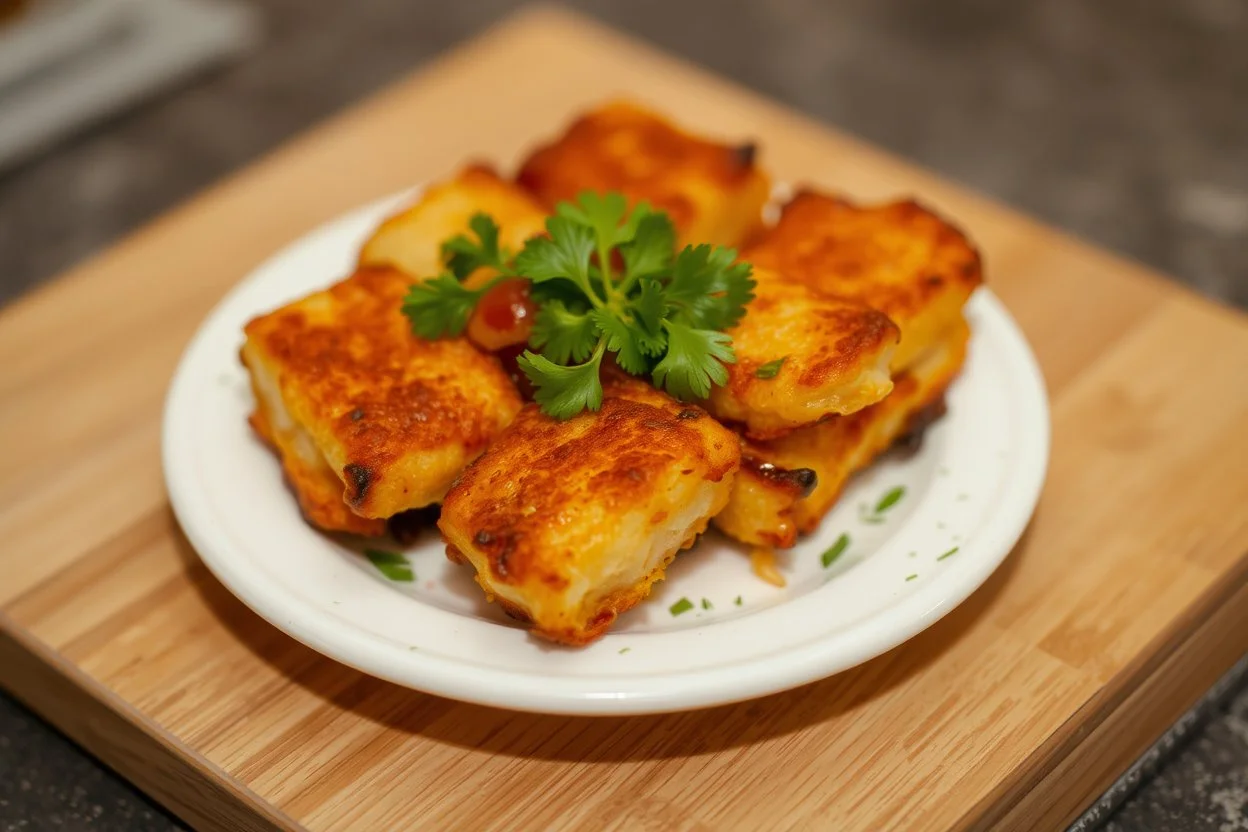Pollaste is an interesting term that you might not hear often, but it’s gaining attention in various contexts. Whether you’re curious about its meaning or how it’s used, this guide will break down the word “pollaste” into simple terms and explore its significance.
What is Pollaste?
Pollaste is a versatile term that can be applied in different fields and contexts. It’s often associated with poultry farming or cooking, particularly in certain regions. However, it can also be linked to more specific uses depending on cultural or regional backgrounds.
Origins of Pollaste
The word is believed to have roots in certain languages, especially those that are related to agriculture or food culture. Its meaning can vary, but it usually refers to a specific type of poultry or chicken.
Pollaste in Poultry Farming
One of the most common uses of “pollaste” is in the context of poultry farming. It’s frequently used to refer to young chickens, but the precise age or type can vary depending on the region.
Raising Pollaste Chickens
Pollaste chickens are usually bred for specific purposes, whether for meat production or as part of a small-scale farm. Farmers focus on raising them in a healthy environment, providing proper nutrition and care to ensure they grow strong.
Importance in Local Markets
In many local markets, pollaste chickens hold a special place because of their quality. They are often sought after for their tenderness and flavor, which make them a popular choice for traditional dishes.
Pollaste in Cooking
If you’re a food lover, the term pollaste may be familiar in a culinary context. Many traditional recipes call for pollaste, especially in regions where this type of poultry is a staple.
Popular Pollaste Recipes
Some regions use pollaste in signature dishes such as roasted pollaste, pollaste stew, or grilled pollaste. These dishes highlight the tender texture and rich flavor of the poultry.
Nutritional Value
Pollaste meat is not only delicious but also packed with nutrients. It’s a good source of protein and essential vitamins, making it a healthy option for meals.
Cultural Significance of Pollaste
In some cultures, pollaste has a deep connection with tradition and celebrations. It may be prepared for special occasions or religious events, emphasizing its importance beyond just being a food source.
Pollaste in Festivals
During certain festivals, especially in rural communities, pollaste is a featured dish. This underlines its cultural significance and how it brings people together.
Wrapping Up: Why Pollaste Matters
Pollaste may seem like a simple word, but it carries a lot of weight in both the farming and culinary worlds. From its role in local markets to its cultural importance, this term deserves attention for anyone interested in poultry, food, or agriculture.
In a world where local and traditional foods are making a comeback, pollaste serves as a reminder of the importance of heritage in farming and cuisine. Whether you’re raising pollaste chickens or enjoying a pollaste meal, this term adds richness to both conversations and plates.
